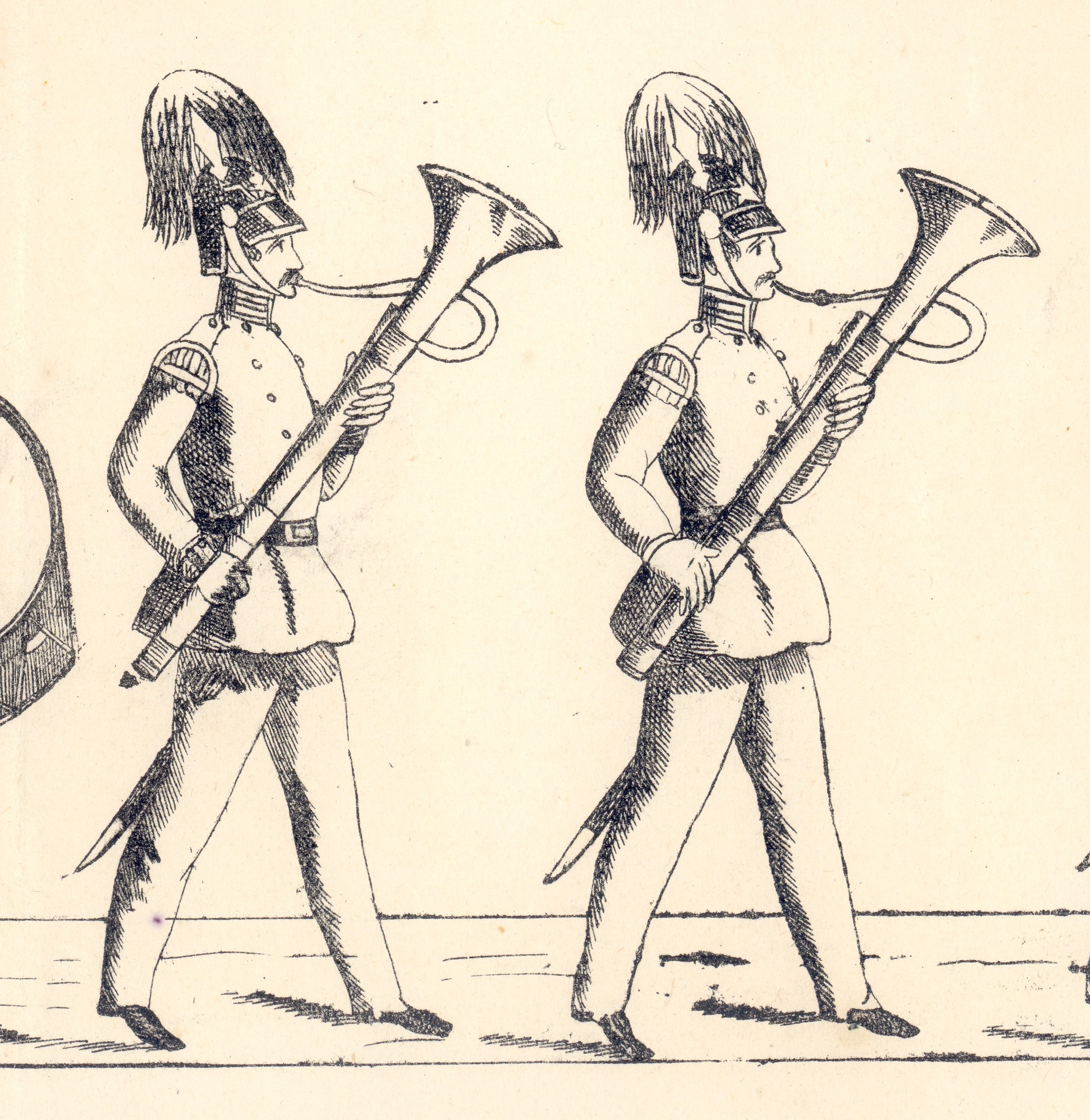Documenting the low brass-wind collection at the Grassi Museum
The challenge
The Musikinstrumentenmuseums der Universität Leipzig is a world-renowned partner for researchers, teachers, students and visitors. As a university museum, it contributes significantly to the image of Leipzig as a city of music, and as an innovation centre for digital humanities it contributes to the profile of organology.
Critical performance practice research requires a combination of historical, organological and practical study. With regard to lower brass-wind instruments, while detailed historical and organological studies have produced fruitful results, there is limited practical audio-visual evidence that could help scholars and performers establish not only where instruments came from and their scientific properties, but also what sounds they make.
Meanwhile, music museums are looking for new ways of engaging with their visitors. Musical instruments are designed to be used rather than simply observed, therefore projects are needed to enable collections to connect with their visitors in innovative ways. In many cases, records also need to be updated on instruments that have not been evaluated in several decades.
Research team
Jack Adler-McKean, Royal Northern College of Music
Prof. Dr. Josef Focht, Professor for Organology at Leipzig University

The solution
The project focussed primarily on assessing the relevant instruments as part of the collection in terms of their physical location, condition and existing documentation, using the museum’s online repository. Where only limited or out-of-date documentation was available, new methods of analysis were discussed and implemented. This also contributed to the museum’s wider research dissemination goals.
Results and impact
Jack completed a broad assessment of the low brass instrument collection in the museum, noting the precise location of all the objects, not fully undertaken since it moved into the building in 2006, assessing their condition as compared to the most recently available documentation, in most cases at least forty years old. Several individual instruments were assessed in detail and documented, both photographically and using the latest quantitative methodologies. For example, Jack was able to disassemble the valve mechanism of one mid-nineteenth-century Italian instrument in order to find out why it was not working correctly. The Museum was able to conclude exactly what the problem was, how it arose, and how it can be repaired in the future – preservation techniques and methods that will affect future engagement.
“I would absolutely recommend organising a placement project to other postgraduate researchers. It has formed a fascinating insight into a sector deeply related to my research field but often treated tangentially. The process of bridging such divides is one I now feel to be very important”
Jack Adler-McKean, Royal Northern College of Music
Of particular benefit was Jack’s systematical categorisation work for the 200+ mouthpieces the mouthpieces that form part of the instrument collection at the museum, as these had never been systematically catalogued and, as was discovered, differed significantly in number and variety from that had been recorded to date.
Jack contributed to an online exhibition, compiling and editing a section on the serpent and the bass horn, rarely found wooden instruments from the early nineteenth century. As Jack explained, this opportunity “enabled [him] to network with researchers in similar areas across Europe and North America (notably Arnold Myers from the University of Edinburgh, Ignace de Keyser, Former Curator of the Brussels Musical Instrument Museum and Albert Rice, from Claremont Graduate University)” but also “helped the museum to provide deeper contexts to their collection, and accurately display and share details with a worldwide audience”.
